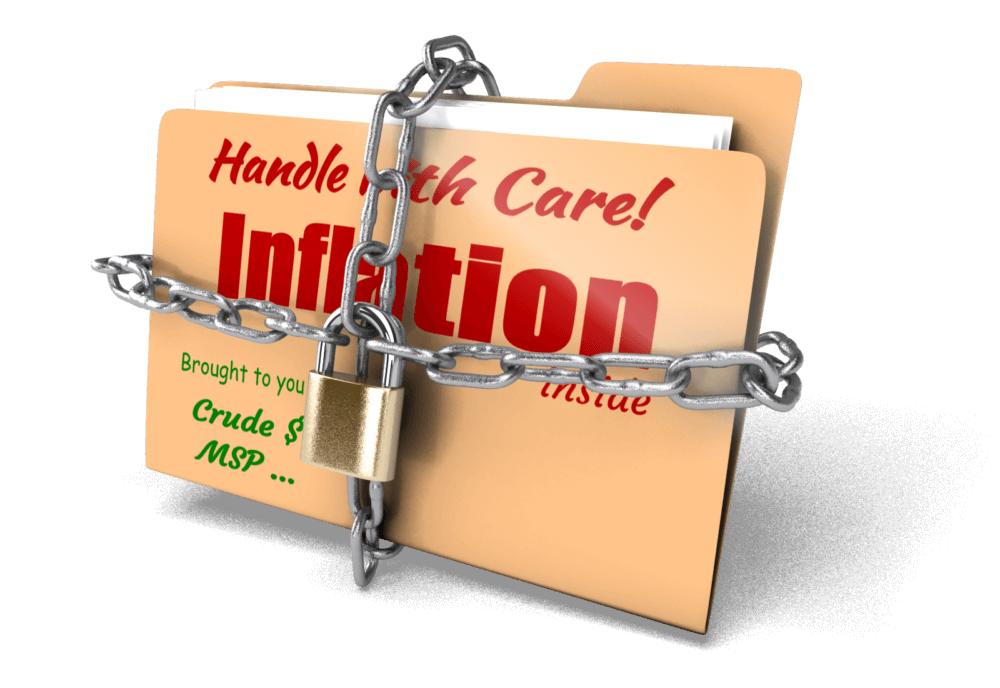
The distorting type of inflation was away from the economy for a considerable time during the last few years. Retail inflation was 4.17% in July though it reached 4.87% in May.
But developments in the last few weeks indicate that inflation may make a return with the potential to touch say around 6% in the coming months.
Multiple of factors like weakening of rupee, rising crude prices, increased Minimum Support Prices may work in the same direction to pull up the prices.
The strongest factor is the continuous weakening of Rupee and the potential for imported inflation. Already, the rupee crossed Rs 70 mark against the Dollar and the weakening trend has not been finished.
Rupees’ depreciation will raise the cost of imported materials especially hurting will be the increased cost of raw materials like crude. The upward trend in international crude prices will raise the crude cost in rupee terms even further and thus increasing the imported inflation burden.
In reply to the crude trends, the government has increased LPG prices and the prices of other petroleum products including diesel and petrol are already in their historic highs.
Generally, CSO’s inflation data lags by just one month. So, the result of the working of the inflation promoting factors can be measured from August data onwards.
As per the RBI’s inflation targeting regime, 4% inflation is sustainable and tolerable. But when it crosses above 5.5%, the situation may hurt important macroeconomic variables like savings. This will make monetary policy on inflation fighting mode.











